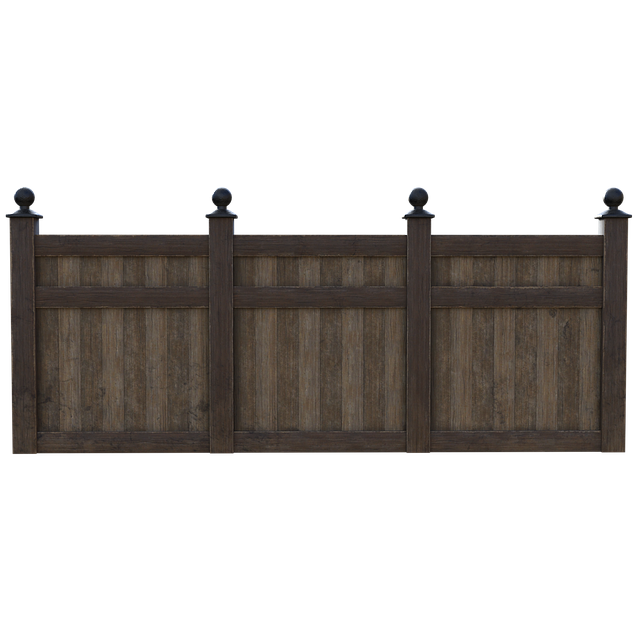In New Bedford, Massachusetts, fence installation services are a popular way to enhance outdoor spaces, providing both aesthetic appeal and practical benefits. This article guides homeowners through the process, from understanding individual needs to selecting the ideal fence style and material. We’ll walk you through the step-by-step installation process and offer essential post-installation care tips. Whether aiming to boost property value, create a secure outdoor area, or simply enjoy the beauty of nature, this comprehensive guide ensures your New Bedford fence project is a success.
- Understanding Fence Installation Needs in New Bedford
- Choosing the Right Fence Style and Material
- The Installation Process: Step-by-Step Guide
- Post-Installation Care and Maintenance Tips
Understanding Fence Installation Needs in New Bedford
When considering fence installation in New Bedford, understanding your specific needs is crucial. Each property has unique characteristics that influence the type of fence best suited to enhance its landscape and security. Factors such as lot size, surrounding vegetation, aesthetic preferences, and privacy requirements play a significant role in design choices. For instance, a smaller backyard may call for a low-maintenance wooden fence, while a large open space could benefit from a robust, long-lasting chain-link option.
New Bedford residents also have various architectural styles to consider, from traditional colonial homes to modern contemporary designs. A skilled fence installation service will work closely with clients to understand these nuances, offering tailored solutions that not only meet practical needs but also complement the existing aesthetic of the property.
Choosing the Right Fence Style and Material
When considering fence installation in New Bedford, Massachusetts, selecting the right style and material is a crucial step to ensure your investment is both aesthetically pleasing and durable. The first consideration is functionality; will the fence serve as a security measure, define property lines, or create a decorative feature? From there, the options are vast. Wooden fences offer classic charm and can be tailored to match existing home styles, while vinyl options require less maintenance but may lack the same level of customization.
Metal fencing provides a modern aesthetic and superior strength, ideal for areas prone to harsh weather conditions. It’s important to balance personal preference with practical considerations like climate, budget, and local regulations. Consulting with professionals in fence installation can offer valuable insights into what styles and materials will best suit your needs and enhance the value of your New Bedford property.
The Installation Process: Step-by-Step Guide
The installation process for a new fence begins with a thorough site assessment to understand your property’s unique needs and challenges. Our experts will measure the area, consider factors like terrain and existing structures, and discuss your preferences regarding style, material, and functionality.
Next, we’ll prepare the groundwork by clearing the site and installing any necessary posts or footings. This foundational work is crucial for ensuring the fence’s stability and longevity. Then, using precise techniques and high-quality hardware, we assemble and attach the fence panels or rails according to your chosen design. Finally, we add the finishing touches, like gates or fences, and conduct a thorough inspection to guarantee your satisfaction with the final result.
Post-Installation Care and Maintenance Tips
After your new fence is installed, regular care and maintenance will ensure its longevity and keep it looking its best. Start by sweeping or brushing the fence regularly to remove any dirt, debris, or leaves that can accumulate, especially after storms. Use a soft-bristled brush or broom to avoid damaging the fence material.
Next, inspect your fence for any signs of wear and tear, such as loose panels, damaged posts, or rusted hardware. Address these issues promptly to prevent further deterioration. Keep an eye out for weeds or vegetation growing along the base of the fence, as they can weaken the structure over time. Regular trimming and removal of overgrown plants will help maintain the integrity of your fence. Lastly, consider applying a protective coating or sealant every few years, especially if your fence is made of wood, to shield it from the elements and enhance its aesthetic appeal.
